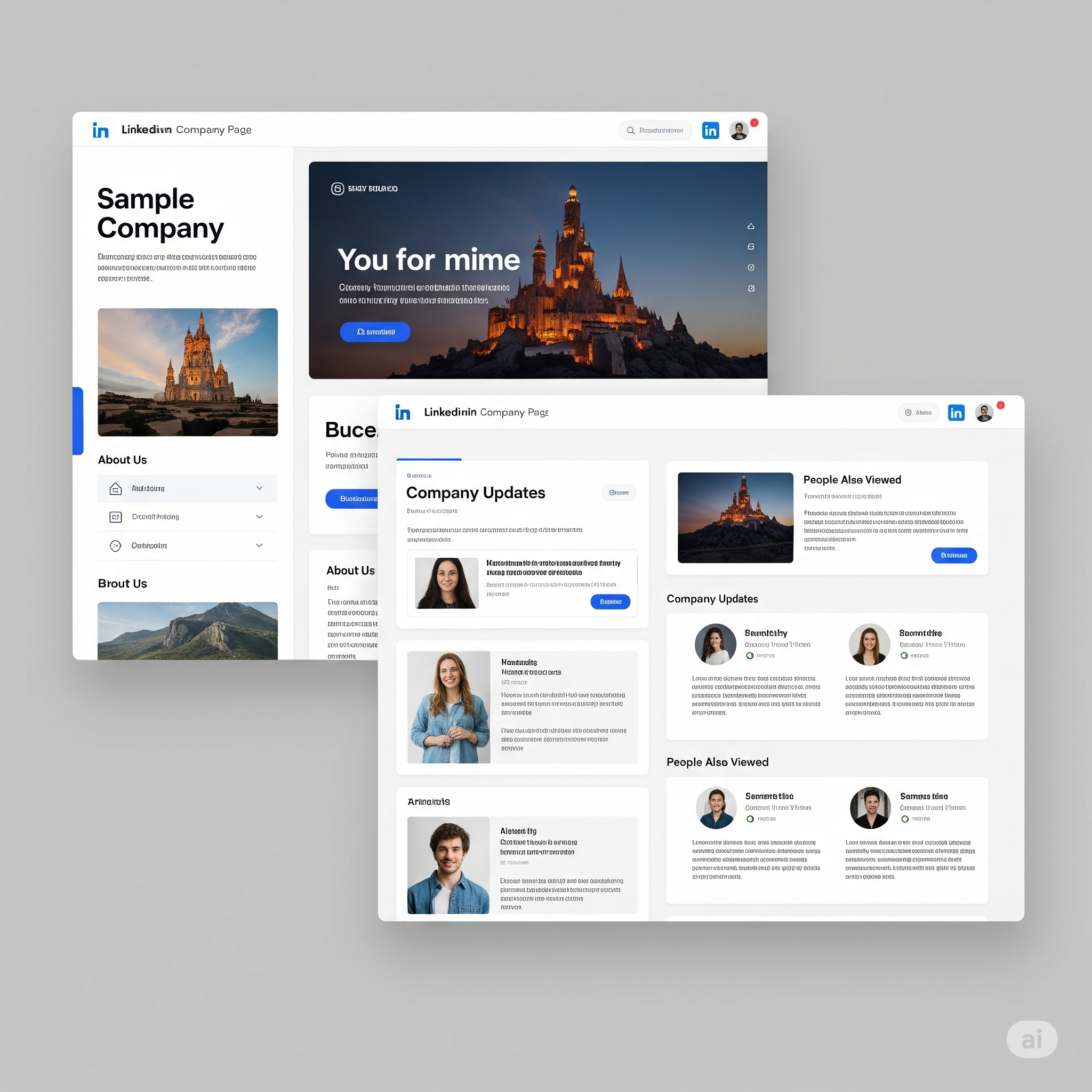
Proper database management is an important step in generating more B2B sales leads. If your company provides products and/or services to other businesses, you probably have a database (or several) of prospects and their respective information. This data can be used for lead generation to simply optimize your approach for a stronger response. But you'll want to perform some ongoing maintenance to your database to keep it in optimal condition.
Remove Duplicate Records
While usually harmless, duplicate records can “water down” your B2B database, affecting metrics like conversions, responses and prospect engagement. For this reason, it's recommended that you remove duplicate records from your database. Thankfully, this is a relatively easy process, especially if you have the appropriate software to search for specific records. Simply search for duplicates, and if you come across any, delete them from your database.
Secure Your Database
Are you doing enough to protect your database from cyber attacks? A recent report published by CNN indicates that roughly 1 million new forms of malicious software threats are deployed every day. Failure to secure your database could result in prospects' information (e.g. names, phone numbers, email addresses) being stolen. And having to inform a prospect that his or her personal information was compromised in your database doesn't exactly present your company in a positive light.
Keep Building
There's no such thing as a B2B database that's “too big.” On the contrary, the larger the database, the more effective and helpful it is at generating new sales leads. Granted, some technical hurdles may arise as your database grows, but that doesn't mean you should stop adding data sets to it.
Need help growing your database? Click Here to learn how!
Normalize Data
A fourth tip is to normalize your data. Basically, this means creating a universal format for adding and maintaining data records. Whether you or someone else on your team adds a new data set, it should contain the same basic information. Normalizing your data simplifies the otherwise time-consuming and tedious task of creating, managing and segmenting your data.
Segment Demographics
Of course, you should also segment your data by demographic, firmographic, contextual and behavioral insights. The more relevent prosect insights you have, the most success you're goin to have. Doing so allows you to customize your marketing approach based on the prospect's demographic. Even if it's simply splitting your prospects' into male and female segments, this alone is a great way to enhance your marketing efforts – all for little effort.
These are just a few database management tips for B2B companies.
What to learn more? Get in Touch





